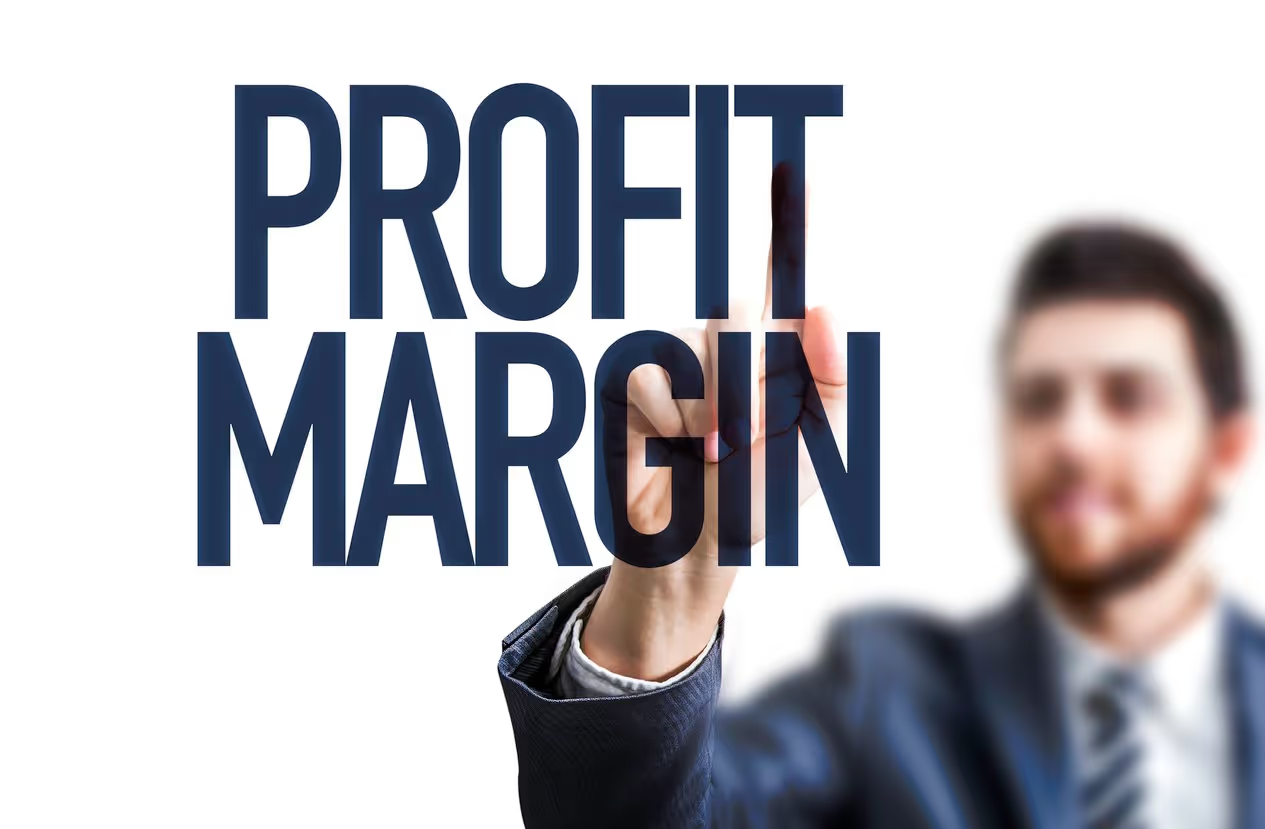Have you heard that you need to spend money to make money? It’s an oft-repeated sentiment, but it’s that “spend money” part where a lot of businesses get stuck.
When you’re just getting your business idea off the ground and are pinching every last penny, accessing the capital you need to gain momentum can be a major and frustrating roadblock. Even more disheartening? Several of the most common reasons for small business failure come back to the lack of cold, hard cash.
That’s where angel investors come (or should we say fly?) in.
What is an angel investor?
Let’s start with a simple angel investors definition: An angel investor is someone who provides capital to an entrepreneur or small business in its very early stages. We mean very early—sometimes the business is nothing more than an idea or a prototype. In exchange for financial backing, angel investors usually take equity in the company.
Why are these investors called angels? Well, because they often act as a saving grace for a startup. Since angel investors are offering money at such an early stage, it’s considered a riskier investment. For that reason, angel funding is frequently one of the only options for new businesses struggling to access other, more traditional types of funding.
Angel investors vs. venture capitalists: Is there a difference?
There's quite a bit of overlap between angel investors and venture capitalists. They're both investing money into a business in the hopes of getting a return.
However, there are some
There’s quite a bit of overlap between angel investors and venture capitalists. They’re both investing money into a business in the hopes of getting a return.
However, there are some notable differences between these 2 types of investors, including:
- Investment stage: Angel investors invest early to help a business get started or go to market, whereas venture capitalists (VCs) typically like to finance the growth and expansion of a business that’s already a little more established.
- Investment source: Venture capitalists invest money that’s pooled from other companies and funds, while angel investors typically invest their personal money.
- Investment amount: For that reason, angel investments are typically smaller than the investments of venture capitalists. Statistics show that in 2020, the median deal size from an angel investor was $1.2 million. In comparison, an early VC invested $4.5 million, and a later VC invested $9.9 million.
See? There's a distinction between these investors. However, both angel investors and VCs generally provide strategic advice, support, and expertise to the startups they invest in, along with financing. After all, any type of investor ultimately wants the business to be successful.
How to find angel investors for your small business.
Now that you know the basics, let’s get to the good stuff—how do you find angel investors?
If you’re like most people, you don’t have a huge web of connections who are willing to throw thousands or even hundreds of thousands of dollars at your startup—and that can make finding angel investors a challenge.
The good news is that there are some steps you can take to find funding for your brand new business (or even your business idea).
1. Know the type of investment you're looking for.
As with any investment, it’s important you understand what you need. That will provide a lot of direction before you start pounding the pavement looking for money.
Do you need $10,000 to get your business going? Or do you need $1 million? Are you hoping to get what you need from a single angel investor? Or are you willing to open things up to many different investors?
Answers to questions like those will not only help guide you as you start your search for investors but also make you look polished and confident—even if your business is brand new.
2. Start with the people closest to you.
While many businesses discern between angel investors and a “friends and family round,” there’s quite a bit in common. In fact, many angel investors fund businesses of their friends and family.
So when you start your search for business investments, it can be best to begin in your backyard. Your loved ones likely won’t be investors who are accredited by the Securities and Exchange Commission (SEC), but they can still help get your business going.
In fact, friends and family are a huge source of investment for startups, investing a combined $60 billion per year. In comparison, angel investors invest $20 billion in a year.
When approaching friends and family for money for your small business, make sure you:
- Have a polished pitch: Knowing them personally isn’t an excuse to be sloppy. Clearly state the details of your business (including your mission, business plan, target market, and more) and the type of investment you’re looking for.
- Keep communication professional: Treat your friends and family like you would any business investor. Set a meeting and prepare for a formal presentation. You want your request for funding to be seriously considered rather than brushed aside as an off-hand remark.
- Give an out: Mixing business and personal relationships is always complicated—especially when you’re asking for money. Don’t pressure your friends and family, and make sure you offer an opportunity to turn you down without any hard feelings.
Of course, it’s entirely possible the people in your immediate circle don’t have the means to invest in your business, even if they believe in you. Regardless of if they open their wallets, remember to appreciate their other methods of support and encouragement—those are important too.
3. Grow your network.
Perhaps you don’t know somebody who’s prepared to invest in your business. But your friend might. Or your neighbor. Or your uncle. You get the idea.
We’ll spare you the clichés about the importance of your network, but this web of contacts is particularly important when you’re looking for investments.
Your best place to start is to connect with other small business owners in your area. The small business community is…well, small. They might have some insight into angel investors who are looking for new opportunities.
Additionally, it can be helpful to find a mentor through SCORE, a nonprofit organization and partner of the US Small Business Administration (SBA). These mentors are established and experienced business professionals who have access to hard-won information and resources—which might include an “in” with an angel investor.
4. Turn to designated platforms.
Thanks to the internet, we have piles of information right at our fingertips. There are a number of platforms designed to help entrepreneurs find angel investors without even leaving their couch.
Some of the best options to check out include:
- Angel Capital Association (ACA): Using the ACA member directory, you can choose your location and see a list of angel investors near your area.
- AngelList: AngelList has a long list of angel investors in North America. You can also see details like their location and number of investments.
- Invstor: Invstor is another platform designed to help you find angel investors and venture capitalists. You’ll need to post a funding request by submitting some basic information about yourself and your business (like your industry and how much funding you need), and then choose if you’d like to access the investor network yourself or have Invstor send out a request to the network so interested investors can contact you.
LinkedIn can also be helpful. Use the search functionality to search “angel investor” and then click the top menu option for “people.” From there, you can apply additional filters to narrow down by location, company, school, or even your degree of connection.
Pros and cons of angel investors.
For many small business owners and start-up entrepreneurs, the idea of an angel investor seems nearly divine – it’s right there in the name. Angel investors offer financial backing for infant businesses, many of which have a hard time finding funding from traditional sources.
The money an angel investor provides can be the difference between making your idea a reality or having it to keep it stored in a desk drawer. However, an angel investor is not going to dump a bunch of money in your bank account without any expectations. There are clear trade-offs that any business owner just starting out should be aware of.
Pros
- The money is not a loan: Probably the most exciting part about an angel investor is that the money they offer is not a loan, unlike funding you would find from a traditional bank or even from family. Instead of providing a loan of a specific amount of money, an angel investor buys an ownership stake in your business. Hopefully, the venture succeeds and both you and the investors make money. If your business never gets off the ground or fails to be profitable, the investor won't expect money back. A bank, of course, expects a loan to be repaid no matter whether your business sinks or swims.
- Angel investors believe in risk: Famously, angel investors believe in extremely risky ventures on the cutting edge of technology and industry. They are far more willing to back risk than a traditional bank because they don't expect their money back if you fall flat. Even if you get a bank loan, the bank might restrict the amount you can borrow at once to reduce the chance you won't get their loan back. Most angel investors have years of experience working with small business owners, so they have a sense for good ideas and quality people, even if a business concept seems outlandish now.
- Angel investors have a lot of money: Angel investors, especially the deep-pocketed Silicon Valley firms, have a lot of money. Depending on the size of your business, an angel investor can infuse your company with cash usually ranging from $25,000 to $500,000. Better yet, they can provide this money quickly and usually with no expectations that it will be returned. This investment can be critical for a business to hire the employees and buy the equipment necessary to get a venture off the ground. Because it is not a loan, the business owner does not have the added stress of worrying about how to repay the investment.
Cons
- The money comes with strings attached: An angel investor will not just hand you a check and leave you alone to do whatever you wish with the money. Angel investors will typically take a relatively active role to ensure the business grows toward profitability. This input can lead to conflict with a business owner. Also, by giving away equity, you are reducing the amount of money you would earn if the business is successful. It may not seem important when a business isn't earning money, but that will quickly change once you're profitable. Carefully review and understand any angel investor agreement; be suer to look at it with the lens that your business will earn a lot of money someday soon.
- They will push you: Ultimately, an angel investor wants his or her stake in your business to become profitable as soon as possible. Therefore, an angel investor's funds come with the expectations that you will expand and grow on a timetable that may not match your own. Perhaps profitability is not your primary motivation – maybe you want to sell tasty cupcakes in an underserved area or create a new social media platform. You might find yourself in conflict with an angel investor fast because your goals don't align. Before accepting any agreement, make sure you understand and harmonize with an angel investor's long term plan for your business.
- They expect a return on their investment: Of course, the stake an angel investor wants in your business is considerable. It is normal for an angel investor to want a 25% return on their investment. This expectation means that once your company turns a profit, an entire quarter of these profits will go to the angel investor. This amount can grow exponentially if your business takes off. Because they stand to make so much money, angel investors may seek to control more of your business than you like. Additionally, angel investors are usually not interested in first-time small business owners, no matter what the pitch is. they want to know that you know how to run a business before handing over thousands of dollars.
Angel investors aren't your only option.
Many businesses look to angel investors to get the financial backing they need at an early stage, and these types of investments certainly have their merits.
However, it’s not your only option to get your business rolling. You could crowdfund your business through a platform like Kickstarter or even apply for a business loan.
While the little voice in your head might be telling you that you’ll never qualify for a loan, that’s not necessarily the truth. With Lendio, you can fill out a simple application (we promise, it takes 15 minutes), compare your lending options, and get your capital in less than 24 hours.
That quick application could be all that stands between you and the funding you need—and you won’t even have to part with equity or beg your loved ones for money to get it.






































.png)







